There are around 245 species of reptiles in Costa Rica. 130 species are snakes, however only 23 of them are venomous. Most of the venomous snakes belong to either the Viperidae or the Elapidae families. On this post we wanted to share the most unique species that we will try to find on our Costa Rica Herping Tour. This post features some stunning photographs from our guides Kevin Venegas and Max Benito Smeele.
This website uses cookies so that we can provide you with the best user experience possible. Cookie information is stored in your browser and performs functions such as recognising you when you return to our website and helping our team to understand which sections of the website you find most interesting and useful.



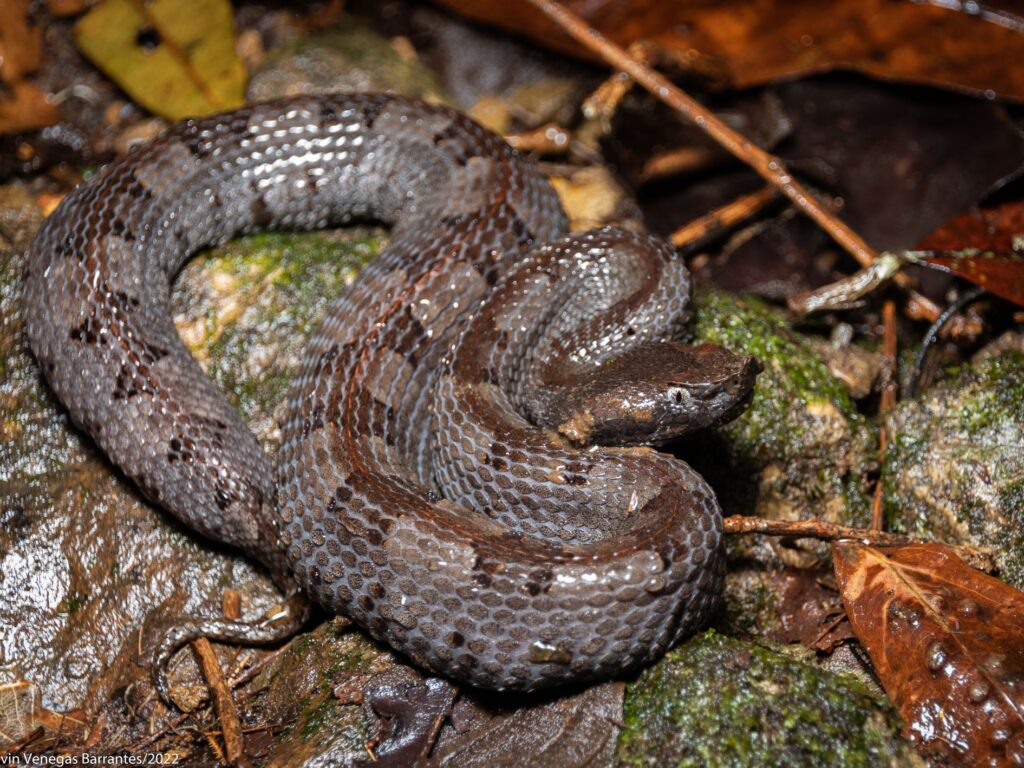
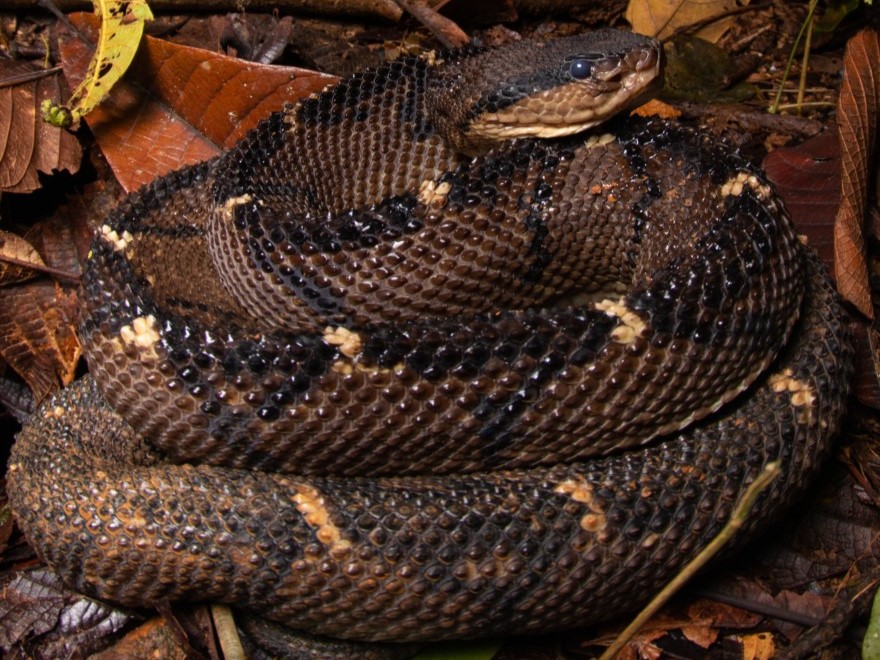


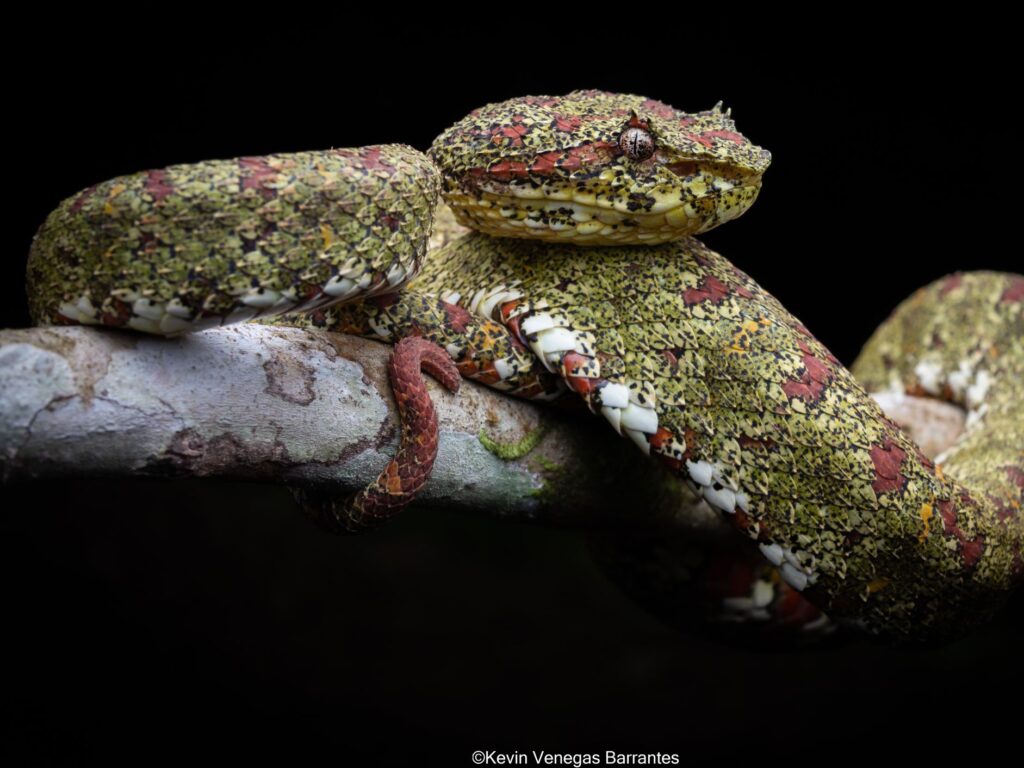
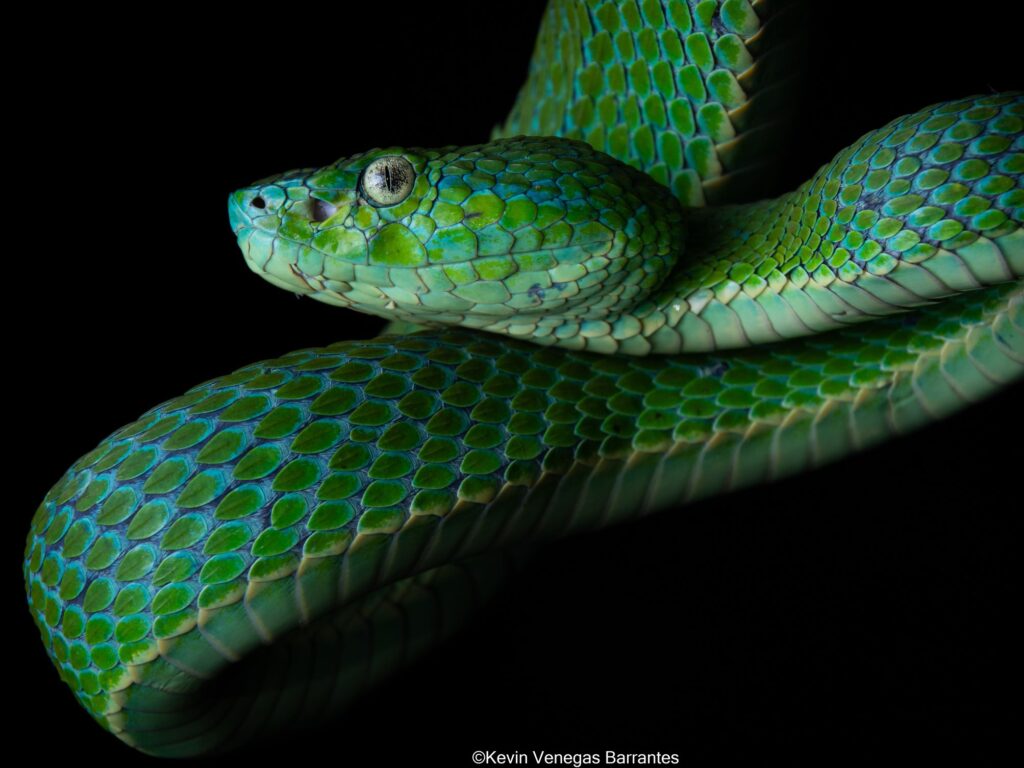
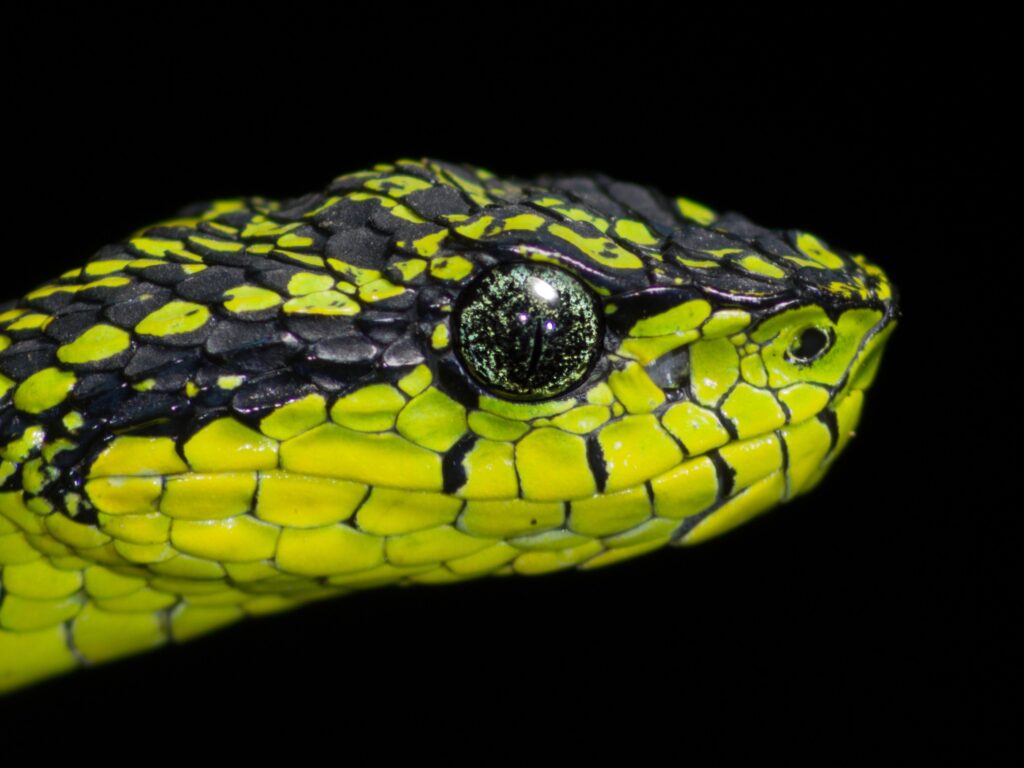
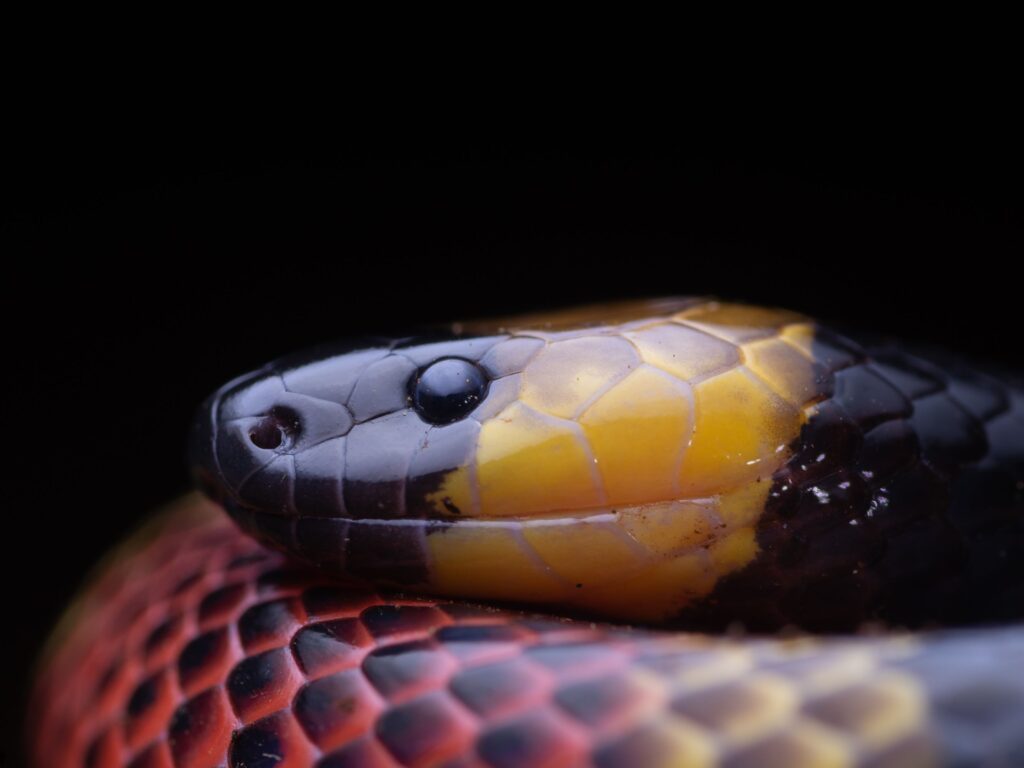
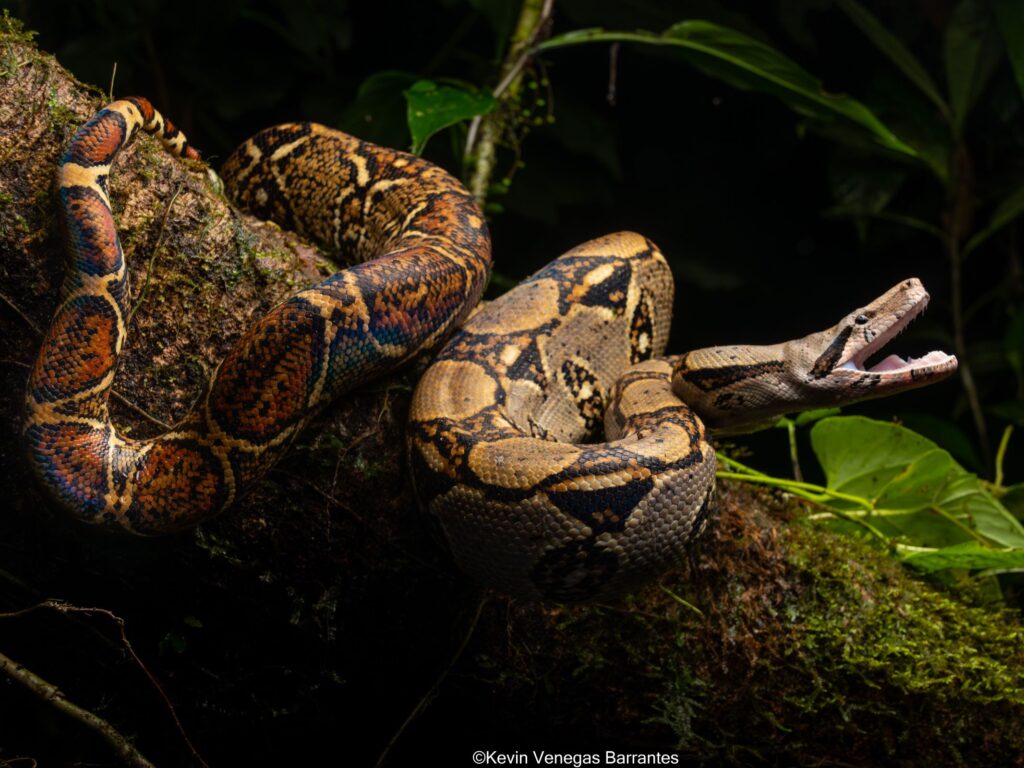



Leave a Reply